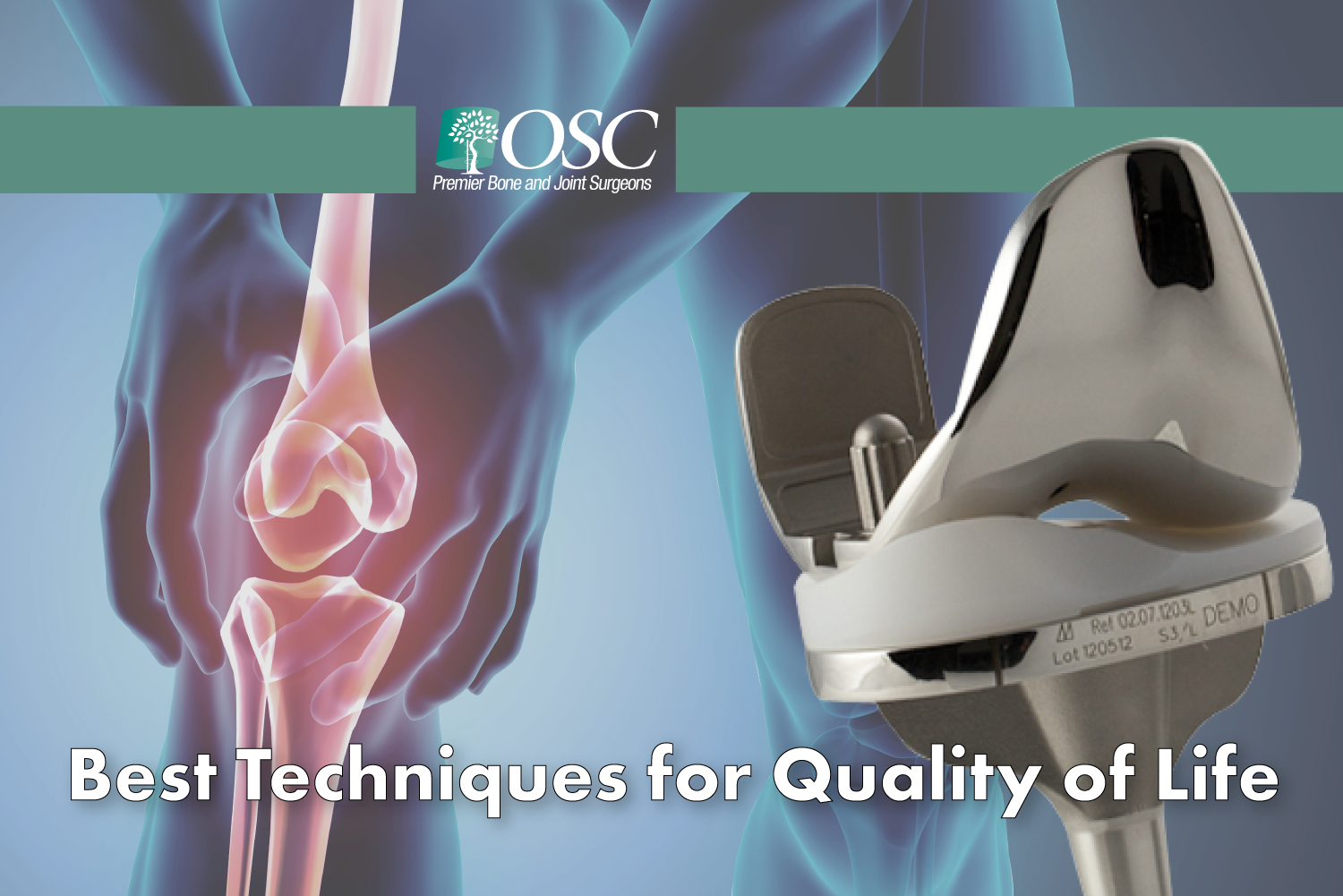One of the things that makes Dr. Scott Spokane’s most innovative and successful orthopedic surgeon is his commitment to research. He is always exploring the latest in orthopedic technology, especially when it comes to the world of total knee replacement. Since the human knee joint is the largest joint in the body and receives impact with almost every motion, it is crucial to continue exploring new techniques for implants, so that total knee replacement patients can feel confident in the longevity and success of their procedure.
Currently Dr. Scott is running an AAOS-sponsored study on the three different types of knee implant: posterior-stabilized, condylar-stabilizing, and medial-stabilized. Posterior stabilized is the most common and the easiest for the surgeon, since it replaces all elements of the original knee entirely. However, just because something is easy doesn’t mean it’s the best. A medial-stabilized knee implant preserves the original anatomy of the knee ligaments, which understandably can lead to better outcomes in flexibility and stability.
Here’s what the research is saying:
- There’s no significant difference for the three technologies in clinical outcomes and long-axis alignment.
- At 90 degrees of flexion, posterior- and medial-stabilized implants show roughly equal stability.
- At 45 degrees of flexion, medial-stabilized implants actually have the best results for stability.
Given that the knee is so important for motion, even one small different like the one listed above can have a considerable impact on a patient’s satisfaction with a total knee replacement. If you want access to this groundbreaking orthopedic technology, come talk to Dr. Scott today, to determine if a medial-stabilized knee implant will work for you.




